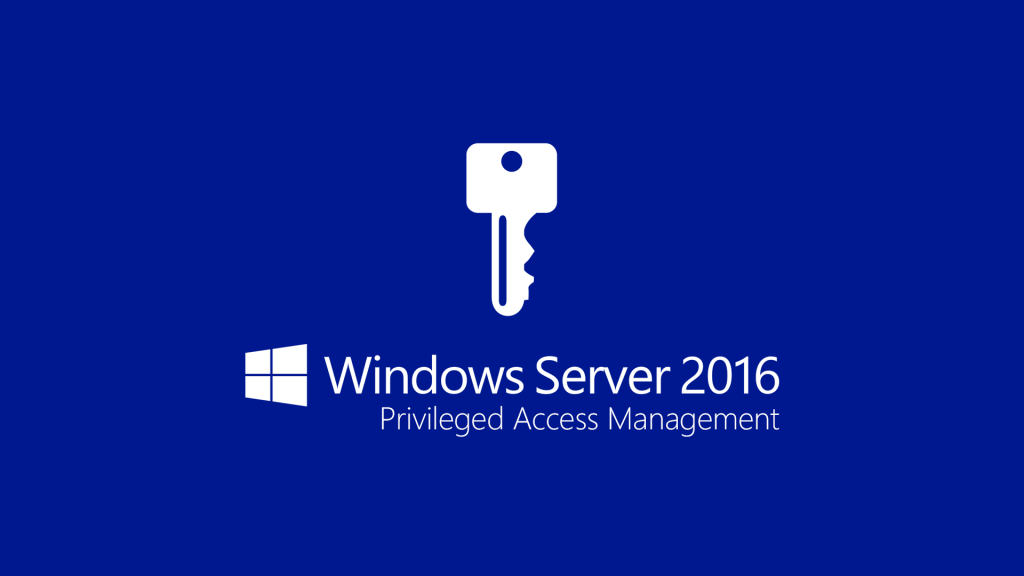
- #Windows server 2016 remote desktop services azure windows 10#
- #Windows server 2016 remote desktop services azure software#
- #Windows server 2016 remote desktop services azure plus#
This improves the end-user experience while keeping the per-user infrastructure costs in Azure low.

#Windows server 2016 remote desktop services azure windows 10#
This allows multiple users to utilize the familiar Windows 10 OS for virtual desktop sessions using a single virtual machine (VM) or a pool of virtual machines. With WVD, Microsoft introduced a new operating system specifically designed for WVD – Windows 10 multisession. This led to application compatibility issues and user experience challenges. Not quite the same as the Windows 10 desktop that everyone was used to. This meant that all users were using a Server OS as their desktop with a “Windows 10 desktop experience”. With RDS, service providers had to use the Windows Server OS to leverage the multiuser capability, which reduces the per-user cost of infrastructure.

And since most of the business world is moving toward Microsoft 365 anyway, WVD becomes a no-fee add-on to an already existing subscription, saving users money every month. All that’s needed is a subscription to Microsoft 365 (e.g., Business, E3, E5, A3 or A5) or a standalone Windows 10 Enterprise subscription and you have everything you need to use a virtual desktop running Windows 10 in the cloud with Office. No more operating system, RDS or Office licenses. With WVD, these complexities are resolved. Putting all these components together was not only expensive but complex and maintaining a virtual desktop environment properly licensed over time was even more difficult.
#Windows server 2016 remote desktop services azure software#
The challenge was that because the server OS was licensed per-core, RDS client access license (CAL) was per-user with a required Software Assurance subscription, and Office is licensed through the Office 365 subscription model.
#Windows server 2016 remote desktop services azure plus#
Windows Server 2016 or 2019), plus the RDS feature of the Server OS, plus a version of Microsoft Office that was almost always a component of a virtual desktop deployment. With RDS, MSPs had to license the server operating system (e.g. One of the major hurdles that managed service providers (MSPs) faced with every WVD predecessor technology, including RDS, was the complexity of the licensing model.

Let’s explore some of the advantages brought by WVD compared with its predecessor, RDS. With WVD, Microsoft has knocked down these barriers. However, desktop virtualization didn’t quite take off in the mass market because of cost, complexity and end-user experience limitations - until now. The desktop virtualization journey started 20 years ago with Windows NT Server 4.0 Terminal Server Edition and culminated this fall with the release of Azure cloud-based virtual desktop technology – Windows Virtual Desktop (WVD).Īlong the way, many technologies delivered on the value proposition of desktop virtualization, including Terminal Services, virtual desktop infrastructure (VDI), Citrix, VMware and, most notably, Remote Desktop Services (RDS).


 0 kommentar(er)
0 kommentar(er)
